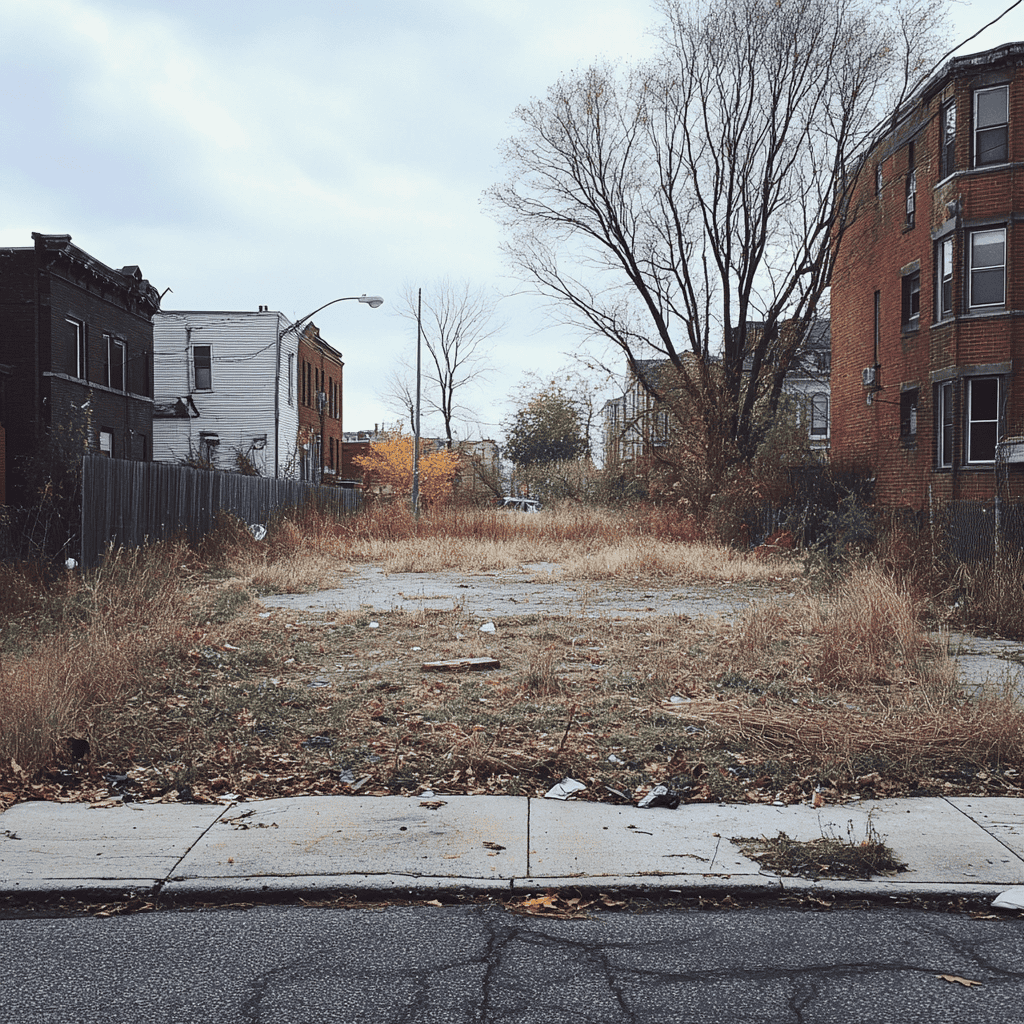Table of Contents
How to Turn a Vacant Lot into a Community Garden (2025)
Vacant lots are often seen as eyesores in neighborhoods, but they hold incredible potential. With a little planning and effort, you can transform an empty lot into a vibrant community garden that benefits everyone. Community gardens bring people together, promote sustainability, and provide fresh produce. Here’s how you can turn a vacant lot into a thriving green space.
Step 1: Assess the Lot and Gain Permission
Evaluate the Lot
Before starting, assess the condition of the lot. Check for potential issues like soil contamination, drainage problems, or debris that might need removal. Determine whether the space gets enough sunlight for growing plants.
Secure Ownership or Permission
Contact the property owner to obtain permission to use the lot. If it’s city-owned land, inquire about permits or lease agreements for community projects. Be sure to have a written agreement to avoid any future disputes.
Step 2: Build a Team and Gather Support
Assemble a Team
Reach out to neighbors, local organizations, and gardening enthusiasts to form a team. The more hands on deck, the easier it will be to plan, fund, and maintain the garden.
Generate Community Interest
Host a meeting to share your vision for the garden and gather input from the community. Use social media, flyers, and local events to spread the word and attract volunteers.
Step 3: Plan the Garden
Design the Layout
Work with your team to create a detailed plan for the garden. Decide on the number of plots, paths, seating areas, and any additional features like compost bins or water sources. Sketch a layout that maximizes the use of space while keeping it accessible and organized.
Set Goals and Rules
Define the purpose of the garden. Will it be focused on growing vegetables, flowers, or both? Establish rules for participants, such as plot assignments, maintenance responsibilities, and the use of chemicals.
Step 4: Prepare the Lot
Clean and Clear
Remove any trash, debris, or overgrown vegetation from the lot. If the soil is contaminated, consider bringing in clean topsoil or raised garden beds to ensure a healthy growing environment.
Build Infrastructure
Install basic infrastructure, such as:
- Fencing: To protect the garden from animals or vandalism.
- Paths: Use gravel or wood chips to create walkways for easy access.
- Water Supply: Set up a hose system, rain barrels, or irrigation to ensure plants get enough water.
Step 5: Start Planting
Choose the Right Plants
Select plants suited to your region’s climate and soil. Include a mix of vegetables, herbs, flowers, and fruit trees to attract pollinators and provide a variety of produce.
Divide the Space
Allocate plots to individual participants or designate communal planting areas. Be sure to label each section to avoid confusion.
Add Compost and Mulch
Incorporate compost into the soil to boost fertility and spread mulch around plants to retain moisture and suppress weeds.
Step 6: Maintain the Garden
Create a Maintenance Schedule
Assign tasks like watering, weeding, and harvesting to volunteers or plot owners. Having a schedule ensures that the garden stays in top shape without overburdening anyone.
Host Workdays
Organize regular workdays where everyone pitches in for larger tasks like pruning, repairing fences, or cleaning up at the end of the season.
Address Pests and Problems
Monitor the garden for pests or diseases. Use natural remedies or integrated pest management (IPM) techniques to minimize damage without harming the environment.
Step 7: Foster Community Engagement
Host Events
Turn the garden into a hub for the community by hosting events like workshops, potlucks, or seasonal celebrations. These gatherings strengthen bonds and attract more participants.
Share the Harvest
Encourage gardeners to donate excess produce to local food banks or share with neighbors. This promotes goodwill and ensures the garden benefits the entire community.
Educate the Community
Offer gardening classes or tours to teach people about sustainable practices, healthy eating, and the benefits of urban gardening.
Step 8: Evaluate and Improve
Gather Feedback
Ask participants for feedback on what’s working well and what could be improved. Use their input to make adjustments to the garden’s layout, rules, or operations.
Expand if Possible
If the garden is a success, consider expanding to include more plots, fruit trees, or features like a greenhouse or beekeeping area.
Benefits of a Community Garden
- Improves Food Access: Provides fresh produce to people who might not have access to it otherwise.
- Builds Community: Fosters connections and collaboration among neighbors.
- Enhances the Environment: Reduces urban heat, supports pollinators, and improves air quality.
- Promotes Health: Encourages physical activity and healthy eating.

Conclusion
Turning a vacant lot into a thriving community garden is a rewarding endeavor that transforms underutilized spaces into productive and beautiful areas. By working together, planning carefully, and maintaining the garden, you can create a lasting impact on your community. Whether you’re growing food, flowers, or friendships, a community garden is an investment in the well-being of your neighborhood.
Additional Resources
Learn more about how your house works.

